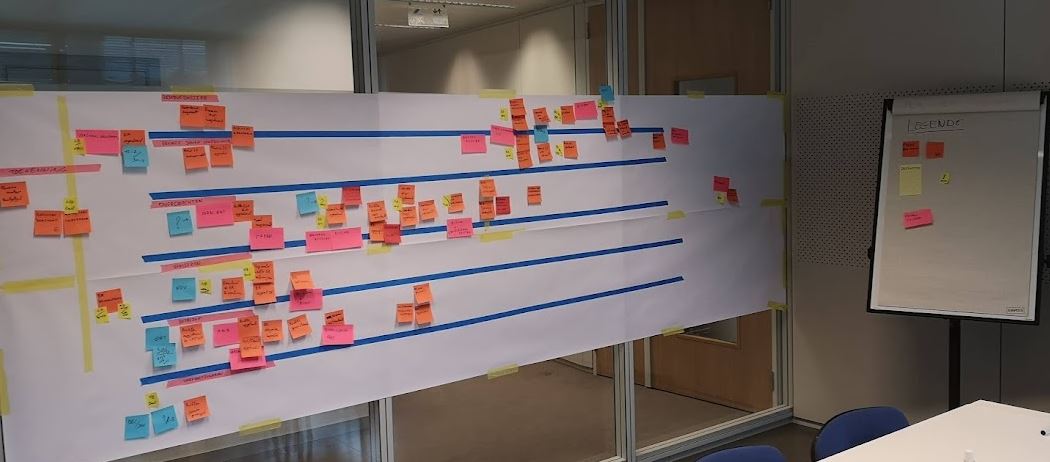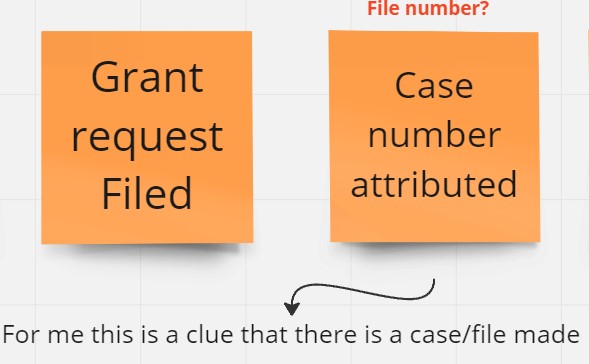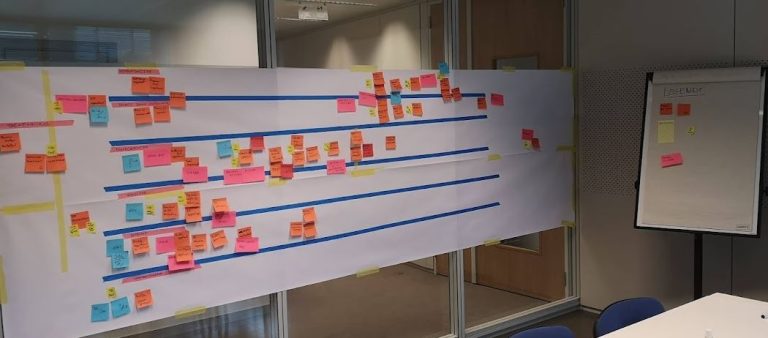EventStorming: Exploring the Socio-Technical Dimensions of Collaborative Software Development
EventStorming is a powerful collaborative technique that not only helps in addressing technical challenges in software development but also encompasses an essential social aspect. In this blog post, we will delve into the socio-technical side of EventStorming and discuss how it fosters collaboration, communication, and innovation within software development teams.
Collaboration Between Domain Experts and Technical Teams
One of the key challenges in software development is bridging the gap between domain experts and technical teams. EventStorming promotes collaboration by creating a shared understanding of the business domain using a visual, event-based modeling language. This collaborative approach helps identify and explore key events, rules, and processes within the domain, leading to improved communication and alignment among stakeholders.
Creating a Safe Environment for Innovation
EventStorming encourages participation from all team members, regardless of their level of experience or background. This inclusive nature of the technique creates a safe environment in which ideas and opinions can be freely shared and discussed. The focus on generating and evaluating ideas rather than seeking immediate solutions fosters a culture of innovation and experimentation within the team.
Learning Effects and Knowledge Exchange
Participants in an EventStorming session not only learn from others’ expertise but also share their own knowledge and experience. This process of mutual knowledge exchange promotes growth for both individual team members and the team as a whole. Furthermore, EventStorming’s approach helps identify gaps in knowledge and uncover new insights that can lead to improvements in both the business domain and the technical solutions.
Strengthening Team Dynamics and Ownership
EventStorming reinforces team dynamics by promoting collective efforts and shared responsibilities. It encourages team members to actively participate in discovering and modeling the business domain, fostering a sense of ownership and responsibility. This results in stronger team cohesion and greater engagement in the project’s success.
Conclusion
The socio-technical aspect of EventStorming is a critical factor in the success of the technique. By promoting collaboration between domain experts and technical teams, creating a safe environment for innovation, stimulating learning effects and knowledge exchange, and strengthening team dynamics and ownership, EventStorming fosters a positive and productive work culture within software development teams. These social-driven aspects are essential for the successful application of EventStorming and contribute to more effective and efficient software development processes. As a result, EventStorming offers a holistic approach to software development that goes beyond technical aspects and places the human side of the process at its core.






